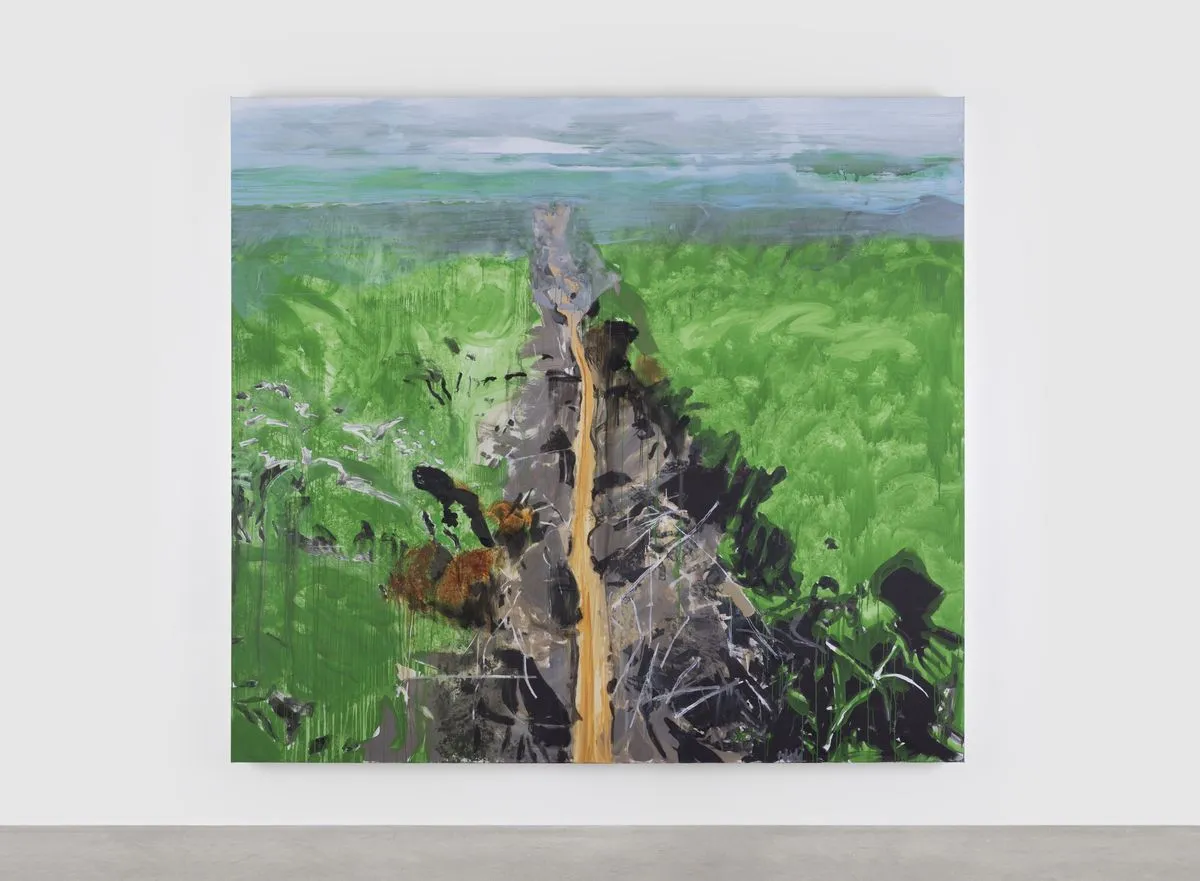 Brian Maguire, The Clearcut Amazon, 2023. Image courtesy Kerlin Gallery Dublin © Brian Maguire
Brian Maguire, The Clearcut Amazon, 2023. Image courtesy Kerlin Gallery Dublin © Brian Maguire “In Dublin, you can experience all four seasons in a single day," says Tommy, the taxi driver who picks me up at the airport as soon as I set foot on Irish soil—the land of James Joyce, Oscar Wilde, and the current sensation, author Sally Rooney. Outside Dublin Airport, some seagulls boldly rest on the hoods of cars in the open-air parking lot. The driver tells me it rained nonstop all morning, but now the sun gently illuminates the soft feathers of these birds, which refuse to budge from the car roofs until the engines start. A couple of hours later, a strong wind blows, and as I button up my jacket—brought specially for the Irish autumn—I start to appreciate the newly acquired knowledge about this city.
I then head to the Hugh Lane Gallery, an iconic Dublin museum run by the City Council. At the entrance, there is a piece by British artist Julian Opie, a LED animation of a figure endlessly walking (Walking on O'Connell Street). This constant movement feels like a good sign. Inside, one of the institution’s most significant exhibitions of the year is on display: La Grande Illusion, a retrospective spanning nearly two decades of work by celebrated Irish painter Brian Maguire. The exhibition covers the period from 2007 to 2024, highlighting the artist’s persistent effort to draw attention to global injustices, war, and human rights, from the Amazon to the Mediterranean and from Aleppo to Mexico’s Ciudad Juárez—places he has visited tirelessly. His work serves as an act of solidarity with families and communities of missing women, displaced refugees, migrants.
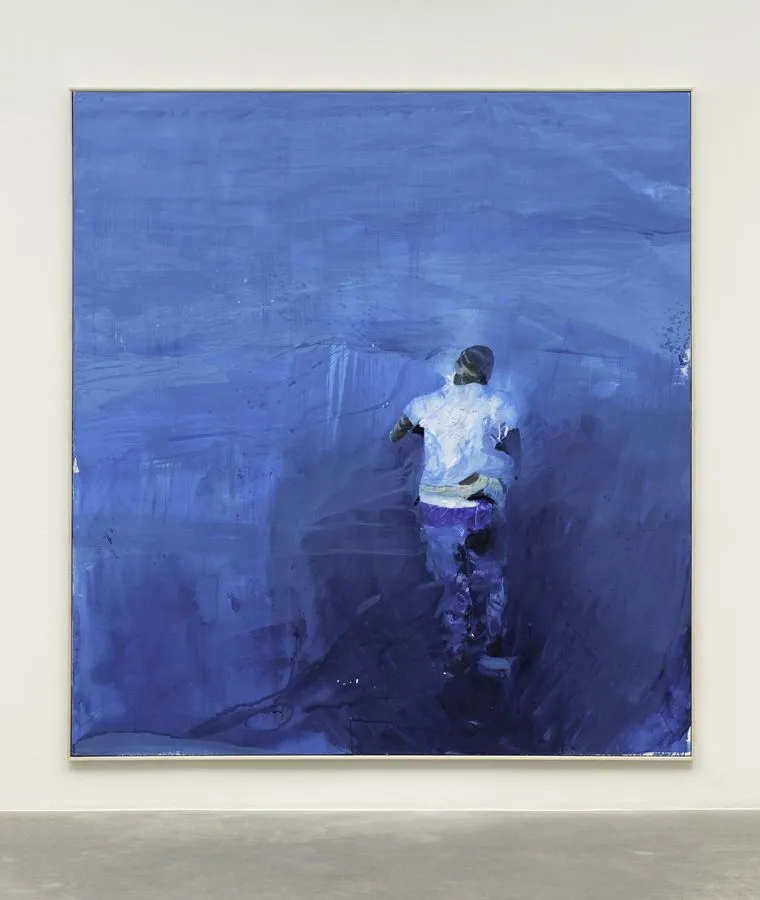
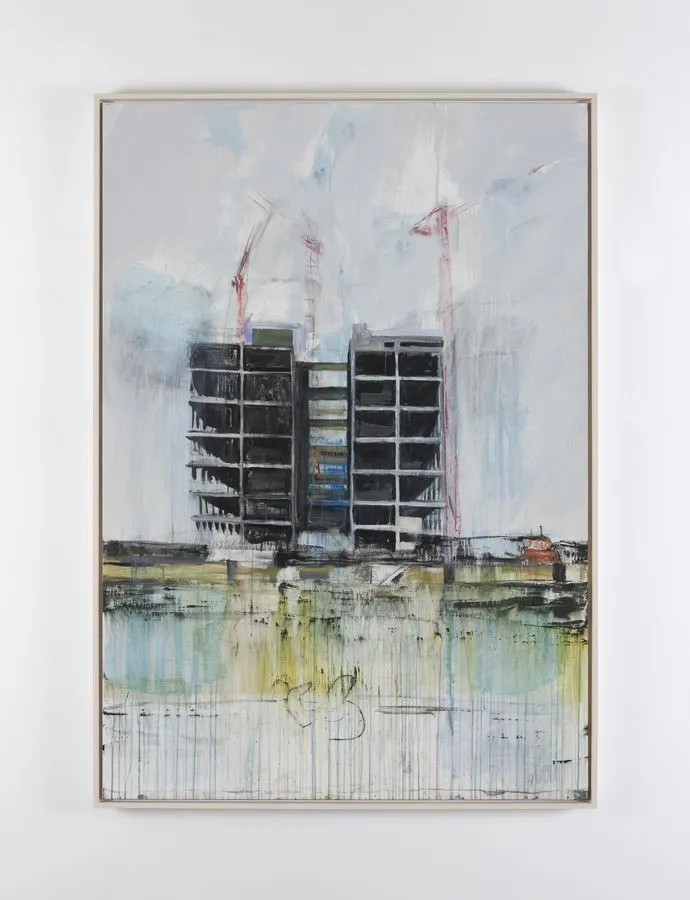
Dublin’s unpredictable weather seems to mirror the intense urgency in Maguire’s works, where darkness and light coexist. The exhibition occupies five consecutive rooms at Hugh Lane and is organized into seven series of projects undertaken by Maguire during this period. The scenes range from devastated landscapes and refugee camps with fragile shelters in jungles to rows of weapons and lifeless bodies, painted with Maguire’s furious, gestural brushstrokes, which evoke a kind of abstraction. These scenes could be fictional, part of some fantastical tale, but unfortunately, Maguire’s paintings capture a very real, palpable truth from the forgotten corners of the world. His works, he says, are born out of “anger,” “outrage and pain,” and are also meant to be a testimony.
"In painting, 'the invisible becomes visible'," he explains. "It is a transformative frame, placing the experiences you encounter on the doorstep of power and in a continuum with history, mythology and the tragedies of existence."
The Hugh Lane Gallery is a short walk from O'Connell Street, Dublin’s main artery, which starts at the River Liffey, near the iconic O'Connell Bridge. It’s a bustling area of the city, and inside the museum, there’s also quite a crowd. It's a Saturday morning, and many visitors are fully absorbed in Maguire’s exhibition. This collection of almost thirty paintings combines abstract expressionism with baroque chiaroscuro that captivates the viewer’s eye.
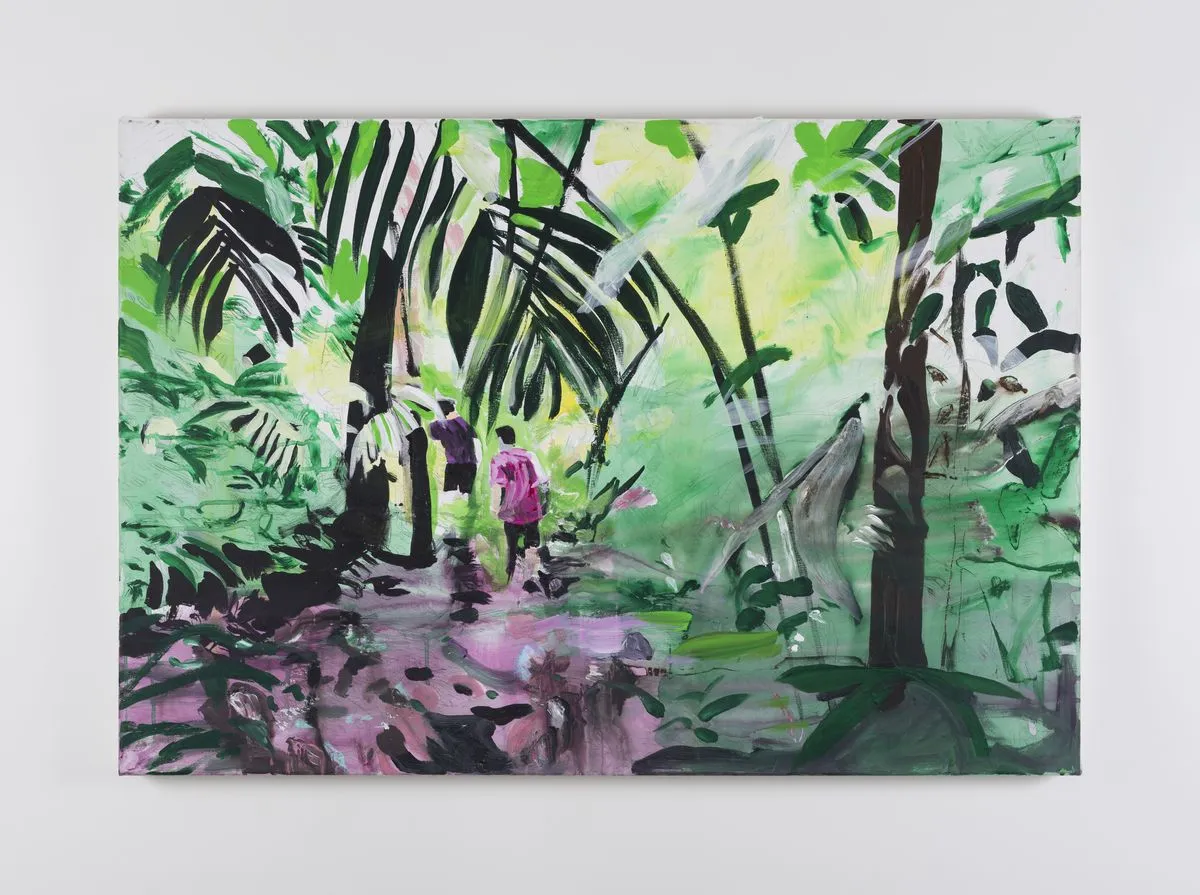
Most are large-scale oils and acrylics, painted by Maguire after visiting these conflict sites. In Ciudad Juárez, for instance—known tragically as the “capital of femicide”—he spent several years on repeat visits, forging bonds with the families of the victims, which led him to create portraits of murdered and missing women, bringing visibility to the forgotten, a central theme in his career. Maguire says he’s not documenting death but keeping their memory alive. “In painting, the invisible becomes visible,” says Maguire, who claims -in his work- for those erased by the system, the marginalized, the outcasts.
“As a child, I always felt like an outsider,” he says, seated in his favorite Dublin café. Ernesto’s Coffee, named in honor of Che Guevara, where Cuban music plays in the background. Every Saturday morning, he comes here for breakfast—just as we do now—with his friendly, lively puppy, Ruby, who steals the attention and affection of everyone present.
Brian Maguire (1951) was born in County Wicklow, the Republic of Ireland, studied at the National College of Art, and represented Ireland at the São Paulo Biennale. His father was a hardware dealer, and his mother told him that was impossible for him to become an artist, that it was a privilege for wealthy families only, “therefore, not for us,” Maguire recalls. But he didn’t accept that and found his way. Today, his works are in many public and private collections, such as the Museu de Arte do Rio (Brazil), the Museum of Fine Arts in Houston (USA), the Irish Museum of Modern Art, the Alvar Aalto Museum in Finland, the GemeenteMuseum in The Hague (Netherlands), and the Wolverhampton Art Gallery in the UK, among others. Additionally, he has worked as an artist in prisons in almost every city he visited in the Americas and Europe.
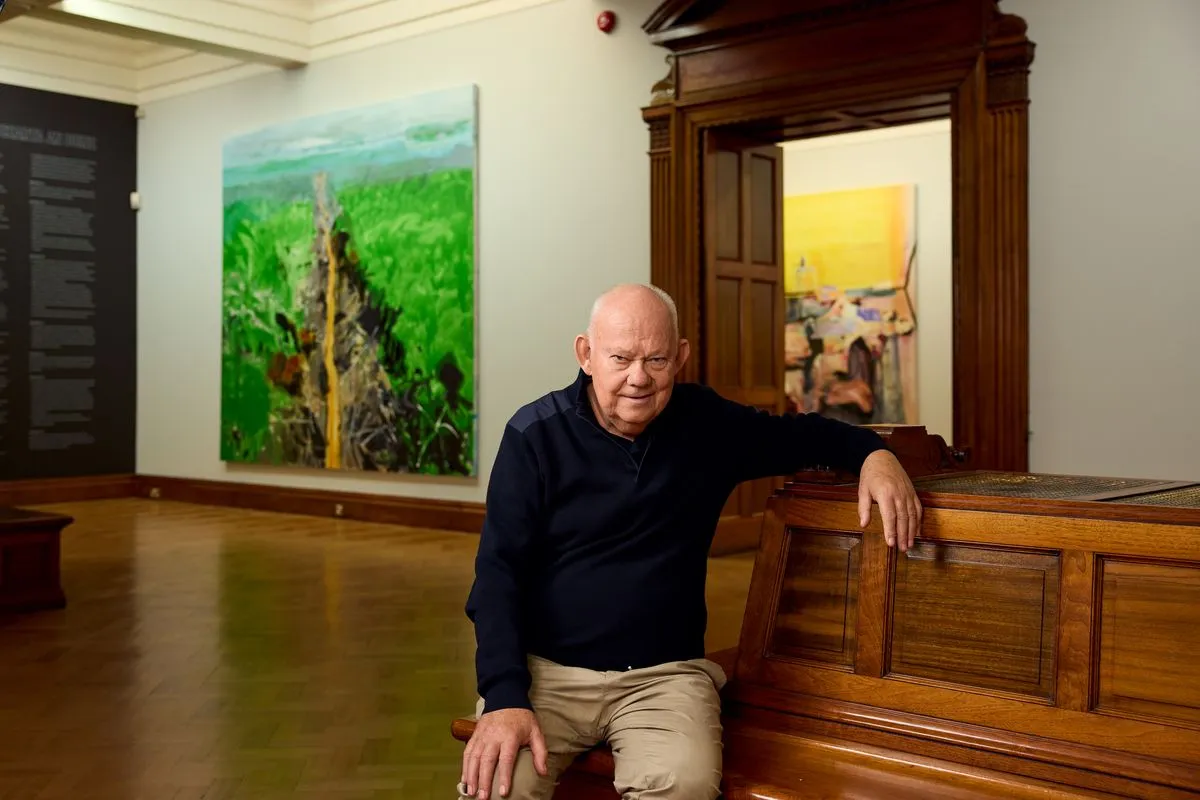
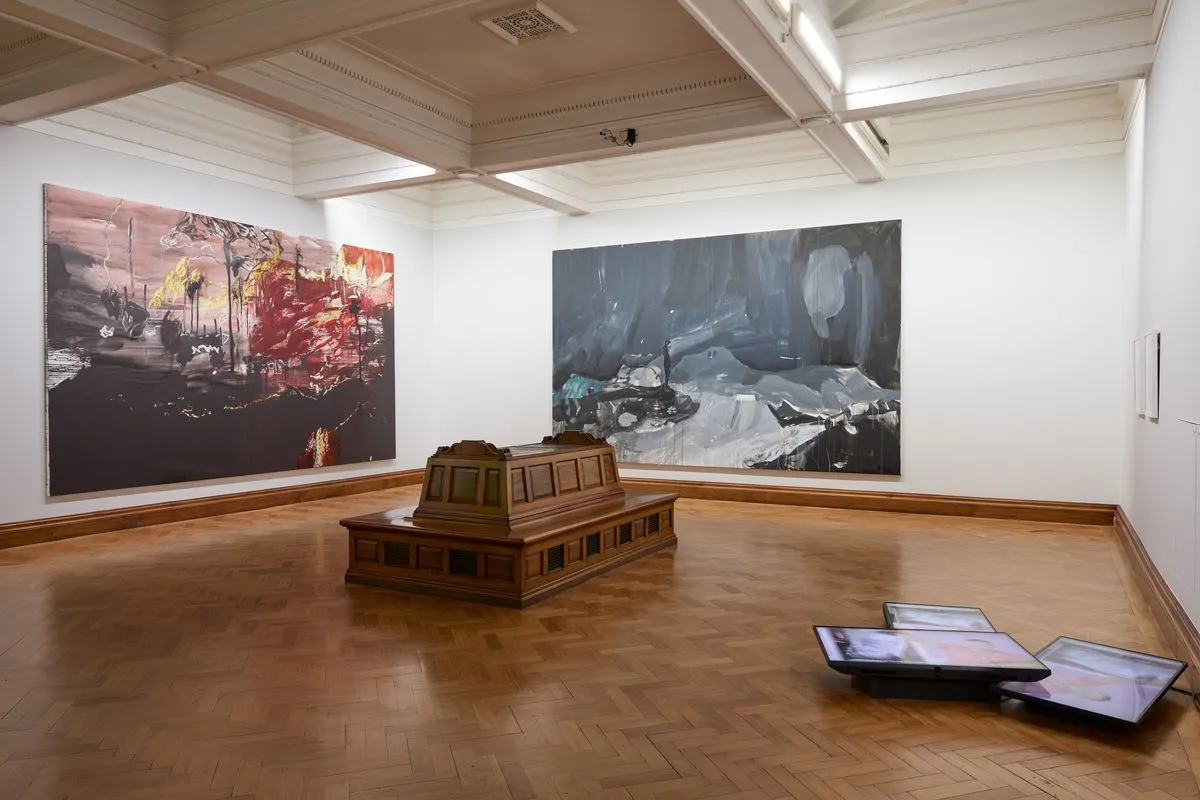
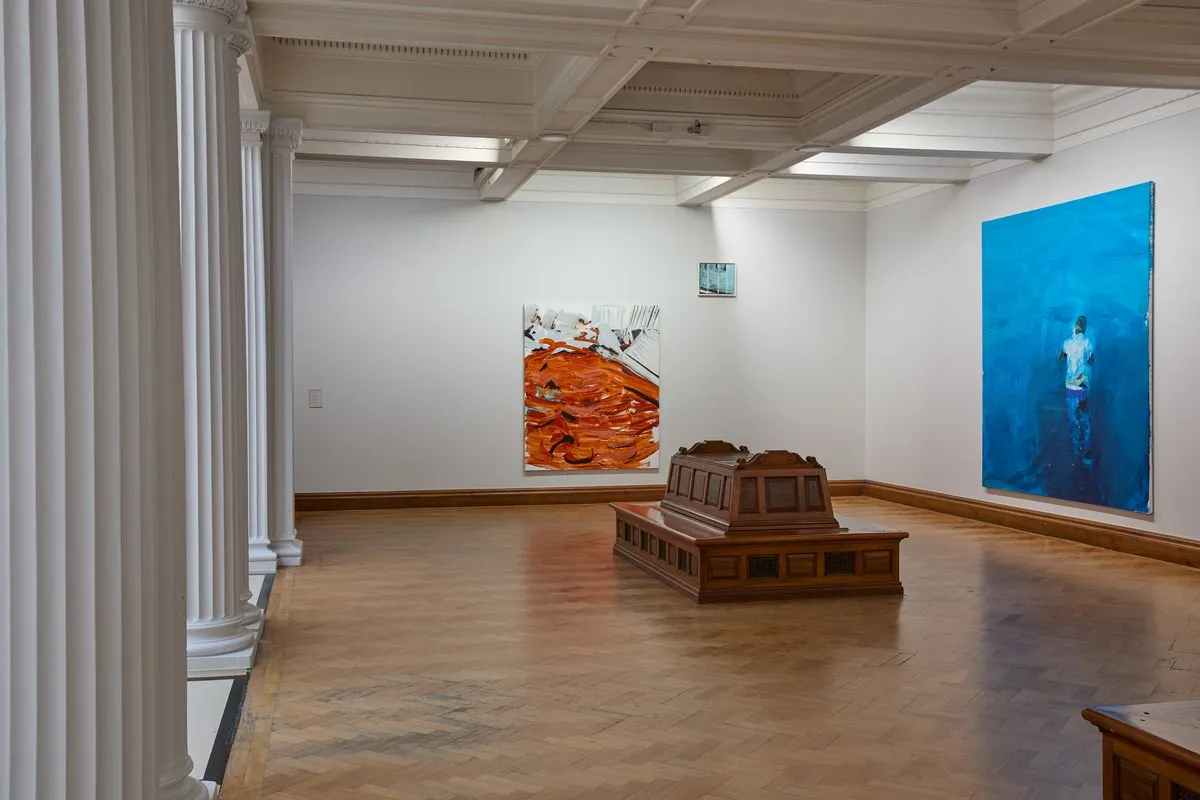
One of his recent projects was a trip to the Amazon in April 2022, where Maguire witnessed firsthand the accelerating destruction of the rainforest by mining companies. Along the way, by boat, he visited five remote Maraguá villages, a community of 1,600 people who mostly live along the river, though some also reside in Manaus. In one of the exhibition videos, we see the Irish artist smiling as he paints a live portrait of a girl from this community. Maguire uses his canvas as a testament to the silenced. “I wanted to hear what the villagers had to say about the Amazon because I always hear Western scientists explaining the Amazon, but I never hear the local voice. There, I could finally listen to the locals,” the artist shares.
“I am not a human rights activist. I am an artist. I report on what I see, and that’s how this label has come about. I paint what my eyes see, just as Michelangelo painted what he observed. There’s a determination in my work—I don’t want them to be forgotten. In some way, that’s the ambition of my work. I think the arts come when justice is missing,” he reflects.
The exhibition La Grande Illusion will be open to the public until March 23rd 2025. Its title alludes to the 1937 film by French filmmaker Jean Renoir. Set during World War I, the film is an ode to the equality of all people, regardless of race, nationality or social class.
“Art for Maguire is a radical process of passion and indignation, which carries the potential of alternative futures,” says Michael Dempsey, Head of Exhibitions at Hugh Lane Gallery and Co-curator with Barbara Dawson, director of the Hugh Lane Gallery. “Intimate and uncompromising, his paintings form a demand for social justice and are an act of solidarity with families and communities,” adds Dempsey.